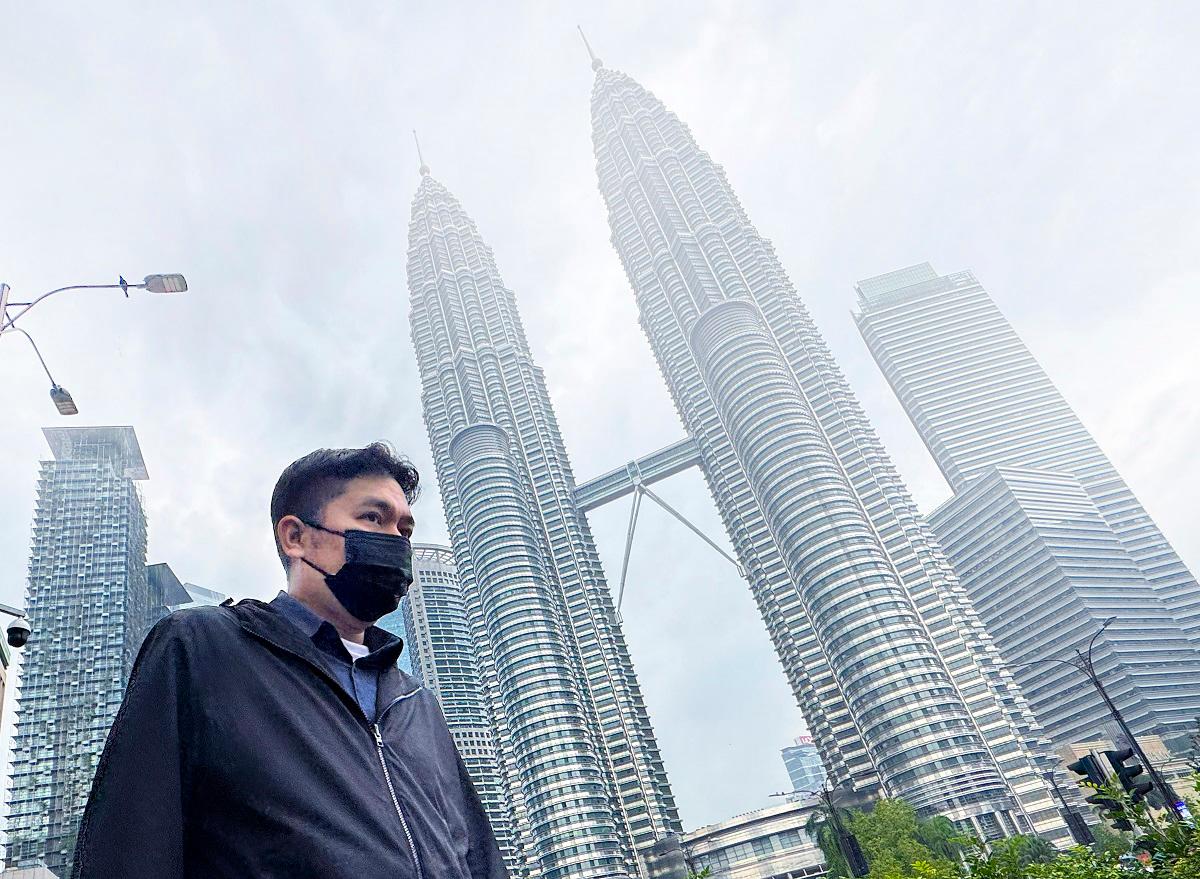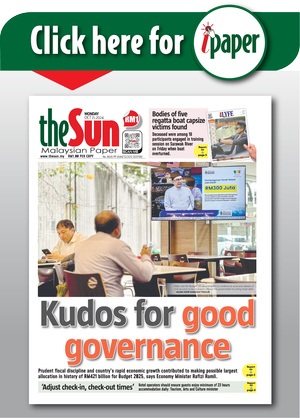PETALING JAYA: As haze once again descends on parts of Malaysia, experts are sounding the alarm over its serious and far-reaching health consequences – from exacerbated respiratory conditions and increased hospitalisations to possible links with lung cancer.
Universiti Kebangsaan Malaysia (UKM) lecturer and consultant respiratory physician Assoc Prof Dr Ng Boon Hau said haze is strongly associated with the worsening of respiratory illnesses such as asthma and chronic obstructive pulmonary disease (COPD).
“The fine particles and toxic gases present in the haze can make breathing increasingly difficult, triggering symptoms such as coughing, wheezing and shortness of breath.
“Patients with asthma or COPD may experience more frequent and severe flare-ups during haze periods, sometimes requiring changes in medication or even hospitalisation,” he said.
Ng also highlighted rising concerns over a potential uptick in lung cancer cases linked to haze exposure.
“While more research is needed to establish a direct link, prolonged exposure to airborne pollutants – particularly fine particulate matter like PM2.5 – has been associated with higher risks of developing long-term respiratory diseases and certain cancers,” he said.
UKM respiratory unit head and consultant respiratory physician Assoc Prof Dr Andrea Ban Yu-Lin warned that chronic exposure to haze can lead to reduced lung function and ongoing airway inflammation.
“Children and the elderly are particularly vulnerable during haze season.
“Children’s lungs are still developing and are more sensitive to air pollutants, while older individuals often have weaker respiratory systems and declining physiological function.”
She added that individuals with chronic health conditions including asthma, COPD, interstitial lung disease, heart problems or obesity, face an even greater risk. Haze exposure can worsen these illnesses, sometimes resulting in severe symptoms that require emergency treatment or hospital admission.
Backing this concern, she cited a local study conducted from January 2014 to December 2015.
“The study recorded a significant increase in respiratory-related hospital admissions during Southeast Asia’s haze period.
“Over the 16 weeks of haze, hospitalisations nearly doubled, with more patients requiring intensive care.
“The haze not only led to more asthma and COPD admissions but also worsened chronic heart and lung conditions, especially in medically vulnerable individuals,” she said.
Beyond respiratory health, UKM public health medicine specialist Prof Dr Sharifa Ezat Wan Puteh pointed out that the impact of haze stretches well beyond the lungs.
“Haze can reduce visibility and increase the risk of road crashes, especially during peak hours.
“It also traps heat, worsening already high temperatures and leading to heat-related illnesses,” she said.
In agriculture, prolonged haze can reduce crop yields and may contribute to food insecurity, she added.
On the health front, haze exposure can trigger a wide range of symptoms, including eye and skin irritation, throat dryness and general respiratory discomfort.
She said fine airborne particles can settle on the skin, causing itchiness or dermatitis, while inhalation of pollutants can lead to coughing, breathlessness or chest tightness, particularly for those with pre-existing conditions.
UKM lecturer and consultant respiratory physician Dr Nik Nuratiqah Nik Abeed advised the public to wear proper protective masks, such as N95 respirators and to limit outdoor activities.
“Stay hydrated to soothe the respiratory tract. Those with asthma or COPD must strictly follow their treatment plans to avoid complications,” she said.









